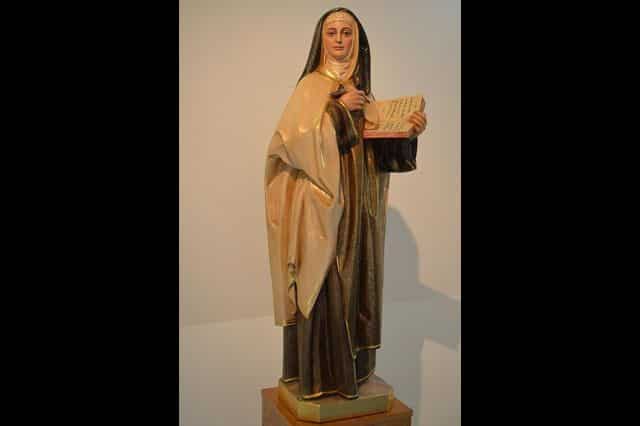
The lyric is a short poem, often set to music.
The notion of letrilla refers to poetry of limited length, often set to music. It is a satirical, festive or romantic composition that is segmented into stanzas , which at the end usually repeat the general idea as a chorus .
General characteristics
The letrilla began to become popular in the 16th century . The usual thing is that it presents a light tone , with real couplets or roundels. As for the rhyme , it can be assonant or consonant, depending on the case.
It should be noted that, due to its shape, the letrilla is usually related to the Christmas carol . It has also been linked to romance .
Several exponents of the so-called Spanish Golden Age ventured into lyrics. Among them we can mention Francisco de Quevedo , Santa Teresa de Jesús and Luis de Góngora .
Francisco de Quevedo
Quevedo , in fact, is the author of several lyrics that achieved great repercussion due to their characteristics. In the work known as “Powerful gentleman is Don Dinero” , for example, the writer took that phrase to close each stanza. He does something similar in another widely distributed work, where he repeats “In summer he takes steel / and at all times gold.”
He was born in 1580 in Madrid and was one of the leading figures of the Spanish Golden Age , a stage in history that saw the flowering of Castilian literature and art in a contemporary manner with the best military and political moment of the Empire. Spanish. Although there is no precise chronological framework for this period, it is usually said that it began around 1492 and lasted more than a hundred years, until the signing of the Treaty of the Pyrenees between France and Spain in 1659.
In addition to having stood out in the field of poetry, Quevedo published works in other genres, such as narrative, drama and philosophy. Speaking specifically of his poetry, in the 875 poems that are recognized, he seems to have explored almost all the possibilities that the genre offered at his time, including subgenres such as immoral poetry, love poetry, satirical-burlesque, descriptive, metaphysical, the religious and, of course, the lyrics.
Luis de Góngora
Góngora , for his part, immortalized a lyric that, at the end of each stanza , reiterated “And the people laugh.” Other lyrics by this poet appealed to the repetition of expressions such as “God help me, what a disgrace!” , “Jesus, what a bad thing!” and “Miracles of the world are” .
This Spanish poet, who rivaled Quevedo, was born in Córdoba in 1561 and his work became a reference for the generations of writers who followed him. Since his days as a university student in Salamanca, his gifts as a poet attracted the attention of those around him. As was customary at the time, Góngora also tried various types of poetry: in addition to letrillas (lyric and satirical), he wrote several romances and sonnets . Some of his works were set to music by Claudio de la Sablonara , Gabriel Días and Diego Gómez , among others.

Image of Saint Teresa of Jesús, exponent of the Spanish Golden Age
Saint Teresa of Jesus
At the level of religious poetry, lyrics also appear. Saint Teresa of Jesús opted for this genre , resulting in a recognized lyric whose chorus indicates “I die because I don't die.”
She was an outstanding poet of the Spanish Golden Age who combined writing with her religious devotion, a plan on which she founded the Order of Discalced Carmelites . Another name by which she is known is Teresa of Ávila , precisely because she was born there, in the year 1515. Her literary work can be found in the prestigious Library of Spanish Authors , created in the 19th century to bring together the best works of the country since the Middle Ages Furthermore, his name is found in the Catalog of Language Authorities .
